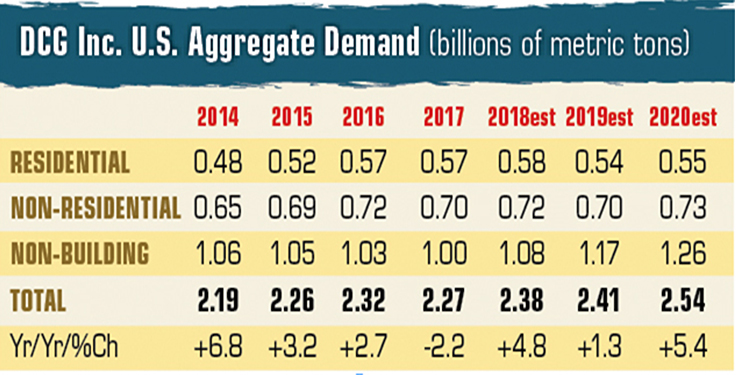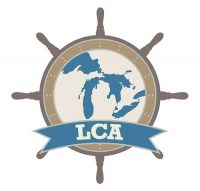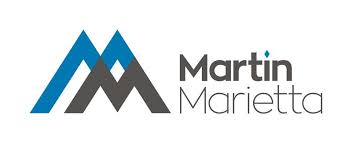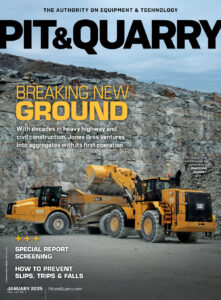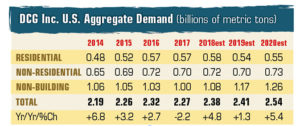
The economy continues to grow at stellar rates with corporations energized and more people re-entering the labor force. GDP growth rates over 3 percent seemed unattainable a few years ago but now seem normal. The ‘new’ normal is almost the same as the old normal of a few decades ago.
Alas, things are different than a few decades ago, so the 10-year path forward is also different. There is tension among hiring more qualified workers, buying more robots and outsourcing more of the supply line. Among these, more outsourcing is less likely to happen due to policy changes, regulation changes and a revived spirit in U.S. manufacturing.
The trade-off between more workers or more robots is complicated because the path is better described as more of both. Farmers driving tractors, machinists running CAD-CAM and software engineers using VB.NET development platforms all increased worker productivity, displaced workers and created new industries. The real issue is how quickly the new technologies are introduced and how quickly workers can learn them.
Going forward, the largest gain in aggregate demand by far will be Texas due to new energy activity and a rapidly growing business sector. The Rust Belt will do very well, with the recent surge in manufacturing and the new trade agreements being a big boost for these states. Rhode Island and New England in general do not grow much due to high taxes and living costs. North Dakota and Wyoming do not grow because of our belief that energy prices will decline after 2020.
Aggregate growth continues at a solid pace with nonbuilding leading the way. Residential begins to struggle as high prices and higher mortgages restrain demand. Nonresidential grows slowly as higher employment and retail development move in opposite directions. Aggregate prices will outpace volume gains as environmental concerns constrain new supply.
Dr. David Chereb has many years of experience forecasting construction materials, and his web-based forecasting models have captured every major turning point in materials demand for more than 15 years. Chereb received his Ph.D. in economics from the University of Southern California.

